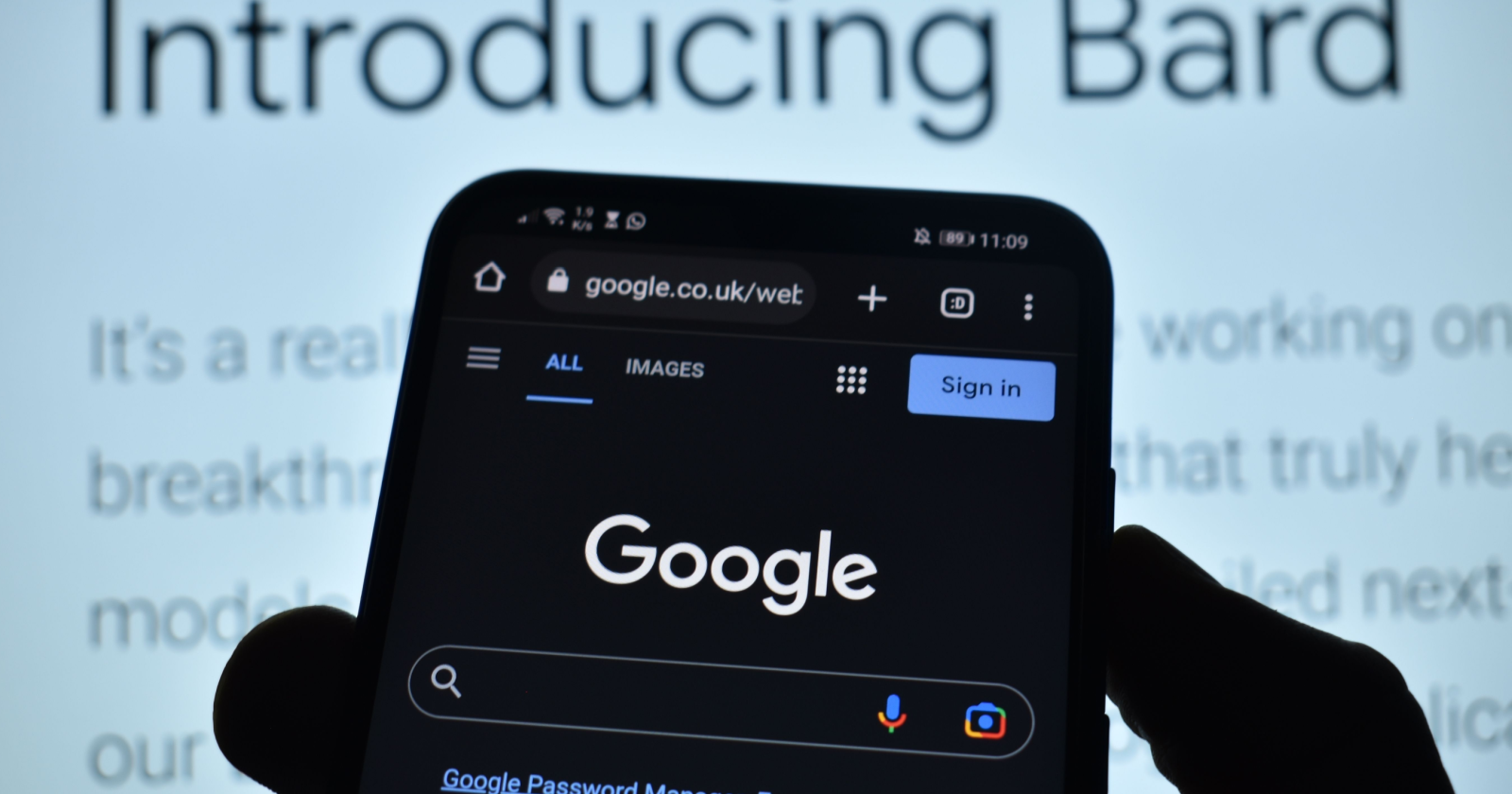Google has released a statement regarding its approach to AI-generated content in search results.
The company has a long-standing policy of rewarding high-quality content, regardless of whether humans or machines produce it.
Above all, Google’s ranking systems aim to identify content that demonstrates expertise, experience, authoritativeness, and trustworthiness (E-E-A-T).
Google advises creators looking to succeed in search results to produce original, high-quality, people-first content that demonstrates E-E-A-T.
The company has updated its “Creating helpful, reliable, people-first content” help page with guidance on evaluating content in terms of “Who, How, and Why.”
Here’s how AI-generated content fits into Google’s approach to ranking high-quality content in search results.
Quality Over Production Method
Focusing on the quality of content rather than the production method has been a cornerstone of Google’s approach to ranking search results for many years.
A decade ago, there were concerns about the rise in mass-produced human-generated content.
Rather than banning all human-generated content, Google improved its systems to reward quality content.
Google’s focus on rewarding quality content, regardless of production method, continues to this day through its ranking systems and helpful content system introduced last year.
Automation & AI-Generated Content
Using automation, including AI, to generate content with the primary purpose of manipulating ranking in search results violates Google’s spam policies.
Google’s spam-fighting efforts, including its SpamBrain system, will continue to combat such practices.
However, Google realizes not all use of automation and AI-generated content is spam.
For example, publishers automate helpful content such as sports scores, weather forecasts, and transcripts.
Google says it will continue to take a responsible approach toward AI-generated content while maintaining a high bar for information quality and helpfulness in search results.
Google’s Advice For Publishers
For creators considering AI-generated content, here’s what Google advises.
Google’s concept of E-E-A-T is outlined in the “Creating helpful, reliable, people-first content” help page, which has been updated with additional guidance.
The updated help page asks publishers to think about “Who, How, and Why” concerning how content is produced.
“Who” refers to the person who created the content, and it’s important to make this clear by providing a byline or background information about the author.
“How” relates to the method used to create the content, and it’s helpful to readers to know if automation or AI was involved. If AI was involved in the content production process, Google wants you to be transparent and explain why it was used.
“Why” refers to the purpose of creating content, which should be to help people rather than to manipulate search rankings.
Evaluating your content in this way, regardless of whether AI-generated or not, will help you stay in line with what Google’s systems reward.
Featured Image: Alejandro Corral Mena/Shutterstock
